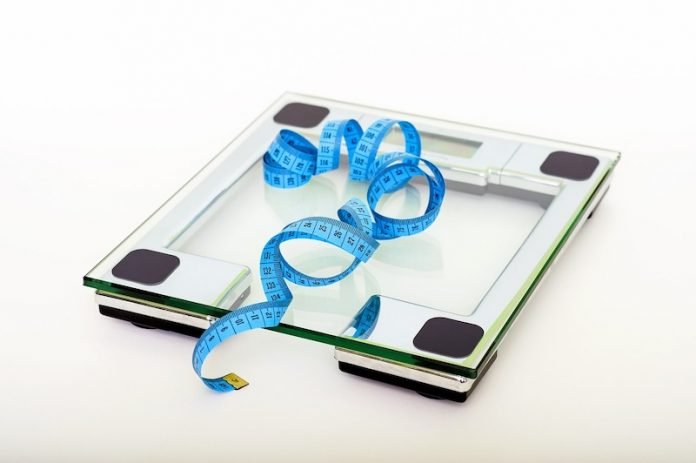
It is estimated that more than 70% of U.S. adults are overweight or obese, and about 38% of those have obesity.
Research has shown that obesity is a dangerous risk factor for heart disease, type 2 diabetes, high blood pressure, and cancer.
Common ways to beat obesity include eating a healthy diet and doing exercise regularly.
However, sometimes they are not effective. If this happens, people can use prescription medicines, invasive surgery, and medical devices for weight loss.
Recently, the FDA has approved several medical devices to help treat obesity.
These devices can benefit obese people who have other related health problems, but they also bring some health risks.
Jeffrey Cooper, M.S., D.V.M., a branch chief in the FDA’s Center for Devices and Radiological Health, provides important information about the medical devices for obesity treatment.
According to him, currently, four types of devices are approved to treat obesity in certain adult patients age 18 and older.
The devices include gastric bands, gastric balloons, an electrical stimulation system, and a gastric emptying system.
Gastric bands
These bands are surgically implanted around the stomach. They can limit food amount a person can eat at one time and increase digestion time, which helps people eat less.
Gastric balloons
These temporary devices can include one, two, or three balloons that fill space in the stomach.
They can be placed via a swallowable capsule attached to a thin catheter or via an endoscope.
Then, depending on the device, they’re filled with gas or salt water (saline). Balloons filled with salt water are then sealed, and all balloons should be removed after six months.
Electrical stimulation system
This system is implanted into the abdomen in the surgery to block nerve activity between the brain and the stomach.
It includes nerve electrodes, wire leads, and a rechargeable electrical pulse generator that delivers electrical signals to electrodes.
External controllers let the patient charge the device and let health care professionals adjust settings.
Gastric emptying system
This device includes a tube placed in the stomach via an endoscope and a port that lies against the skin of the abdomen.
It’s used to drain a portion of the stomach contents into a receptacle 20 to 30 minutes after meals.
It must be shortened by a health care provider as patients lose weight (and girth) so the port continues to lie against the skin.
People who have eating disorders such as bulimia should not use it.
The researcher suggests that patients using these devices should be monitored by a health care provider.
Health risks for each device are different but mainly include nausea or vomiting, bleeding, or infection.
It is important to read all patient materials and discuss the benefits and risks of different treatment options with their doctors.
Copyright © 2019 Knowridge Science Report. All rights reserved.



